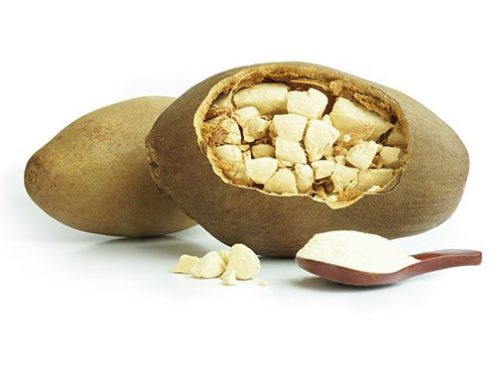Food industry funded studies of the week: grapes!
I very much appreciate the weekly newsletter, ObesityandEnergetics.org (If you want to subscribe, do so here).
I particularly enjoy its section, Headline vs Study. Here’s the most recent, with my additions.
I took a look at the study.
- Conclusion: “These results suggest the potential of dietary grapes to modulate hepatic gene expression, prevent oxidative damage, induce fatty acid metabolism, ameliorate NAFLD (non-alcohol fatty liver disease), and increase longevity when co-administered with a high-fat diet.”
- Funding: This work was supported in part by the California Table Grape Commission. The sponsor was not involved: in the preparation of the article; in study design; in the collection, analysis and interpretation of data; in the writing of the report; and in the decision to submit the article for publication.
Here is another study:
Study: Behavioral and Genetic Changes of Grape Powder (Not Grapes)… In Female Mice.
Its funding? “This research was supported in part by the California Table Grape Commission.”
And one more:
Study: Grape Powder (Not Grapes) Modifies Hepatic and Urinary Metabolite Profiles… In Female Mice.
This study is also enlightening.
- Conflicts of interest: [onE of the authors] “serves on the scientific advisory board of the California Table Grape Commission. There are no other conflicts to declare.”
- Acknowledgements: [two of the authors] “acknowledge grant support from the California Table Grape Commission and seed grant funding from Long Island University. The California Table Grape Commission was not involved: in the preparation of the article; in study design; in the collection, analysis and interpretation of data; in the writing of the report; and in the decision to submit the article for publication.”
Comment: As usual, these authors deny the problems inherent in industry funded studies that have marketing of health benefits as their primary purpose. Grapes are fruits. Fruits are healthy. Do grapes perform health miracles? Only if you believe in miracles. Should you eat grapes? Sure, if you like them.
You don’t believe this is about marketing? Here’s one more headline (thanks to Karen Zornow Leiding for sending). And you know who funded this.
Eating grapes can counteract harmful effects from processed foods, while boosting metabolism too
************
Coming soon! My memoir coming out in October.
For 30% off, go to www.ucpress.edu/9780520384156. Use code 21W2240 at checkout.



